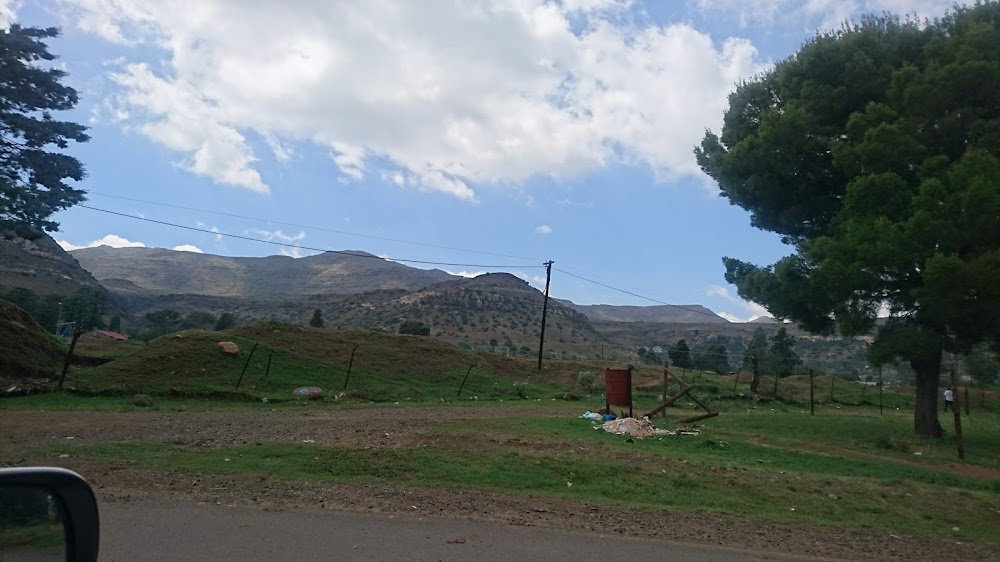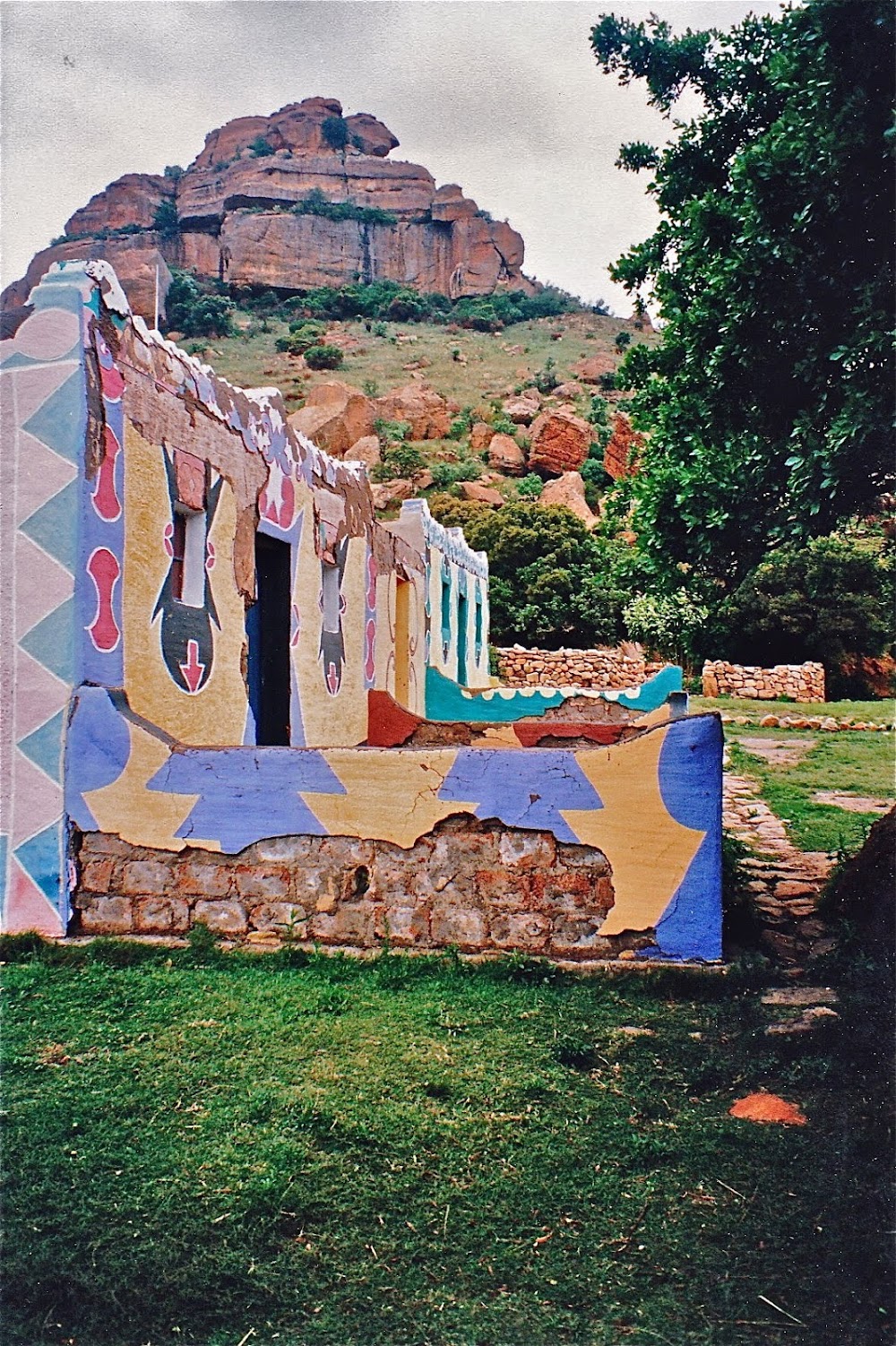Mohale's Hoek Fort (Qhobosheaneng)
Overview
Mohale's Hoek Fort: A Historical Gem
Nestled in the heart of Mohale's Hoek, Lesotho, Mohale's Hoek Fort is a remarkable testament to the rich history and strategic military architecture of the Basotho nation. Constructed during the reign of King Moshoeshoe I in the mid-19th century, this fortification was born out of necessity as conflicts with the Boers and the British intensified. King Moshoeshoe I recognized the importance of fortifying key locations within his kingdom to safeguard his people and their land.
Craftsmanship and Design
The fort was built with local materials—primarily stone and mud bricks—skillfully crafted by talented Basotho builders. These materials were not only abundant but also well-suited to the region's climate, ensuring durability and protection. The design of Mohale's Hoek Fort reflects a blend of functionality and innovative Basotho architecture. Its high walls and narrow slits allowed for effective defense, enabling warriors to survey the landscape while shielding themselves from enemy attacks.
Strategic Significance
Strategically positioned on elevated ground, Mohale's Hoek Fort provided a commanding view of the fertile plains below. This advantageous location was crucial for monitoring movements and served as an early warning system against potential threats. Additionally, it offered a secure refuge for local inhabitants during times of conflict. The fort’s design included essential storage facilities for food and ammunition, ensuring sustainability during prolonged sieges.
Community Collaboration
The construction of the fort was a communal effort, showcasing the resilience and unity of the Basotho people. Traditional building methods were combined with innovative practices learned from neighboring cultures, and local villages contributed to the workforce and resources. This collaborative spirit not only expedited the building process but also solidified the fort as a symbol of collective strength among the Basotho.
A Hub of Governance and Military Activity
Over the years, Mohale's Hoek Fort evolved into a central hub for military operations and administrative activities. It facilitated effective communication and coordination across different parts of the kingdom, becoming a focal point for local governance where disputes were settled and community decisions made. Its legacy transcends military significance; it remains a cultural landmark representing the strength and solidarity of the Basotho people.
A Living Legacy
Today, Mohale's Hoek Fort stands as a significant historical site, with ongoing efforts to preserve its structure and maintain its historical integrity. It serves as a poignant reminder of the challenges faced by the Basotho people and their enduring spirit. Visitors to Mohale's Hoek can explore the fort and gain valuable insights into the historical context of its construction and the lifestyle of its original builders.
A Symbol of Heritage
For the people of Mohale's Hoek and Lesotho at large, the fort embodies a deep-seated pride in their heritage and the resilience of a nation that has triumphed over numerous adversities. It continues to inspire and connect present and future generations to the rich tapestry of Basotho history, making it not just an ancient military stronghold, but a cherished symbol of cultural identity.







